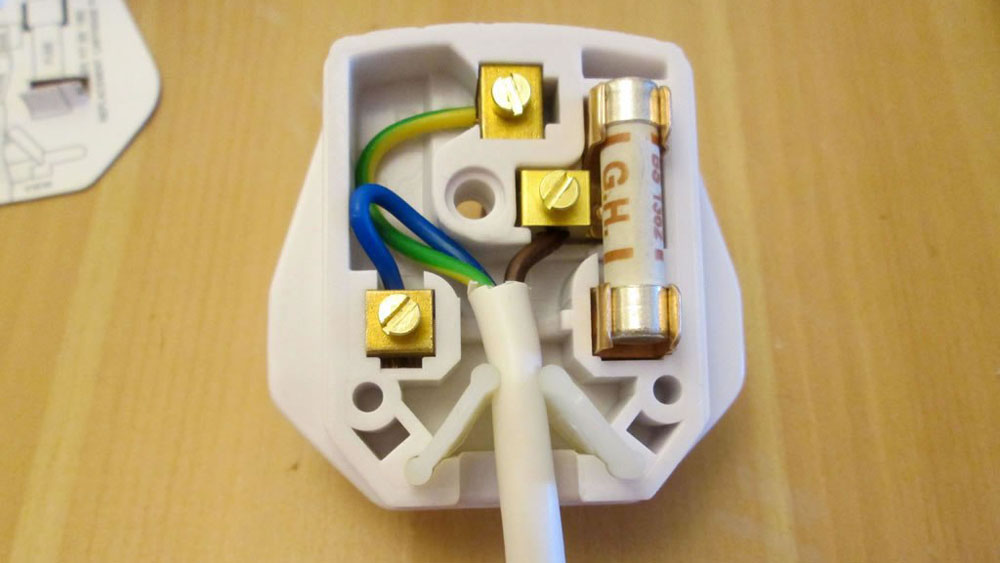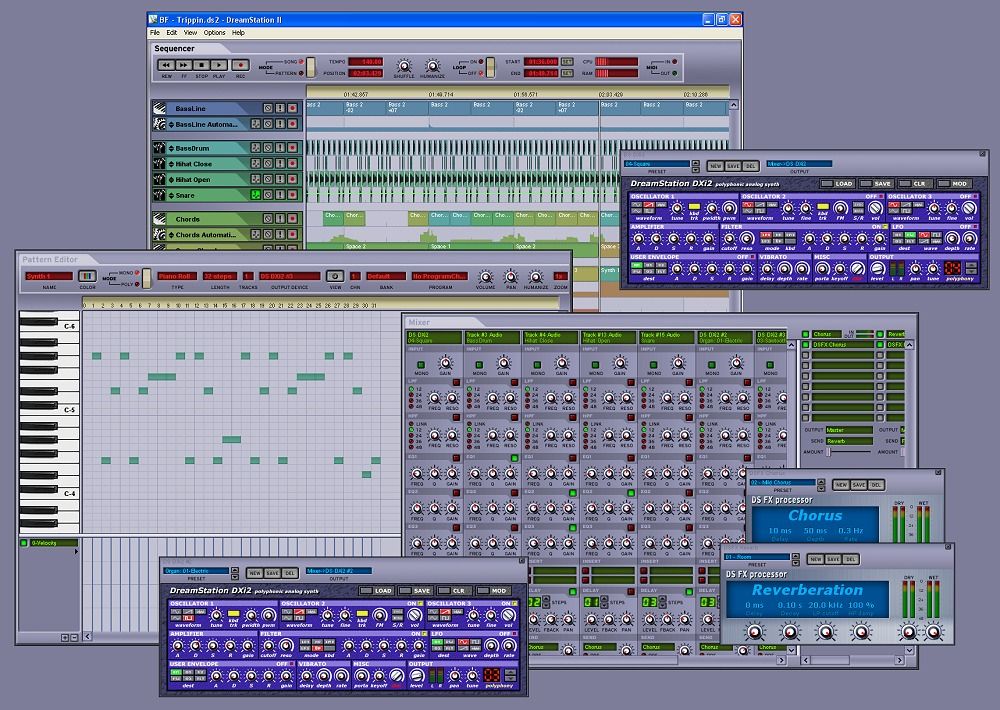
The user is able to set targets and modify their entries. Their entries can be seen in various ways, charts, tables, shortcodes and widgets.
Hstracker plug ins code#
Verify that installation was successful by opening the installed-versions.txt file in the Agent home directory and check that the correct product code appears.įor a list of product codes, see Installation Product Codes.Īfter you have upgraded the plug-in, you need to run a script that removes the Log4j v2 vulnerability, as described in 000392052.Ĭreate a connection profile, as described in Creating a Centralized Connection Profile.Use our free site for tracking your weight which shows off some of the plugin’s feature: – Demo Site DocumentationĪn easy to use plugin that allows your users to track their weight, body measurements, photos and any custom fields you define. The installation log can be found at the following location:Īfter the installation is complete, the plug-in appears in the Plug-ins tab.
Hstracker plug ins install#
Interactive install: Follow the on-screen instructions until the installation is complete.Īutomatic install: Create an xml installation file and then run the automatic install in a non-interactive mode, as follows: Install the plug-in on the host where the Agent is installed, as follows:: Verify that you have met all of the prerequisites. Select the Plug-in that you want to add.
Hstracker plug ins how to#
This procedure describes how to install a plug-in in Control-M by installing it on a Windows or Linux host where the Agent is already installed.įrom the Configuration domain, click and then select Plug-ins. For more information, see Informatica Job.

For more information, see SAP R3 Job and SAP Business Warehouse Job.Įnables you to automate Informatica workflows. To configure Control-M for SAP, see Control-M for SAP Configuration. For more information, see File Watcher Job.Įnables you to manage both the traditional SAP, planned and automated processes, and the unpredicted real-time, event-driven dynamic job submission. To configure Control-M MFT, see Control-M MFT Configuration. Control-M MFT uses industry standard protocols, such as FTP (based on RFC 959) and SFTP and does not require installation on remote computers. Operates as an FTP/SFTP client and server solution that enables you to watch and transfer files from a local host to a remote host, a remote host to a local host, a remote host to another remote host, or between Amazon S3 buckets. For more information, see AWS Job.ĭefine and run Azure Function, LogicApps, and Batch services. For more information, see Hadoop Job.ĭefine and run AWS Lambda, Step Functions, and Batch services. To configure Control-M for Hadoop, see Control-M Hadoop Configuration. You can expand your enterprise business workflows to include tasks running in your Big Data Hadoop cluster from one central location using the different Hadoop-supported tools, including Pig, Hive, HDFS File Watcher, Map Reduce Jobs, and Sqoop.

For more information, see Application Integrator.Ĭonnects to the Hadoop framework, which enables the distributed processing of large data sets across clusters of commodity servers. You can integrate to AWS, Azure, and Google Cloud Platform using their native authentication methods. You can then define and monitor jobs in the Planning and Monitoring domains, using Web Services, REST APIs, or CLI commands. For more information, see Databases Job.Ĭreates custom designed job types that are deployed to the scheduling environment. This enables you to define and monitor Stored Procedure, SQL Script, SQL Server Integration Services (SSIS) Package, and Embedded Query database jobs. You do not need to install the plug-in on the same host as the application.Ĭontrol-M supports the following plug-ins:Ĭonnects to any supported database from a single computer with secure login, which eliminates the need to provide authentication. Plug-ins are installed on the Agent inside your Control-M environment and connect remotely to the specific application.


Control-M provides plug-ins that enable Agents A Control-M component installed on a host that runs and monitors the jobs on the host to interface with external applications by intgrating plug-in jobs with other jobs into a single workflow. Plug-ins bring Control‑M functionality to your external application environment.


 0 kommentar(er)
0 kommentar(er)
